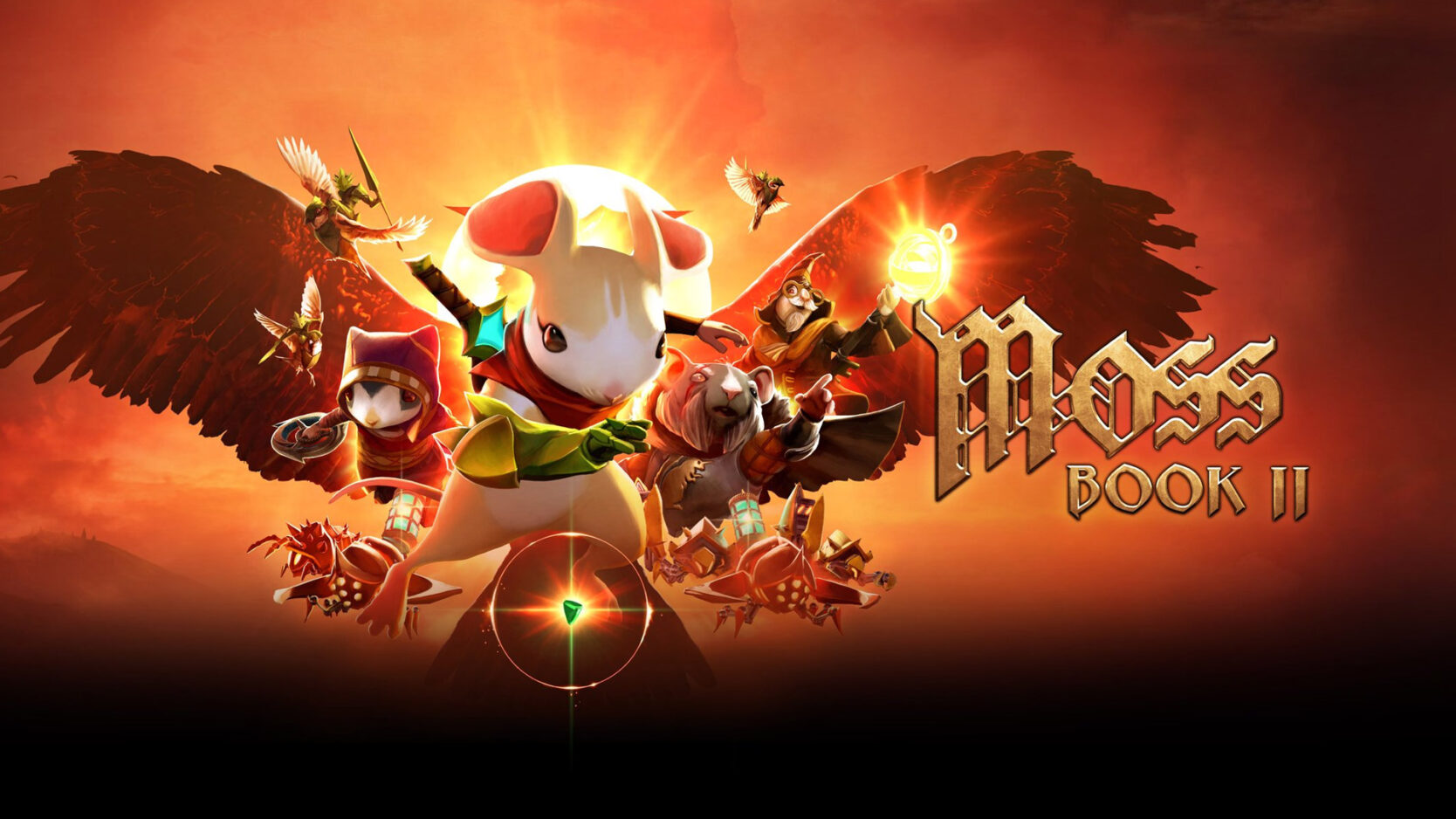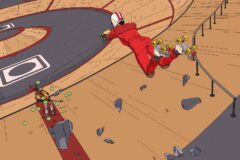The last time SPIN spoke with composer Jason Graves, his work on The Dark Pictures Anthology’s third entry, House of Ashes, had just been released as the score to many gamers’ spooky Halloween title.
But this time around, the multi-genre artist (who’s also scored everything from the Dead Space games to 2013’s Tomb Raider to Limited Run Games’ physical retail store) is back with a significantly less terrifying title.
Moss: Book II, Polyarc’s sequel to 2018’s standout Moss, came to PlayStation VR headsets everywhere earlier this year, providing players with the next chapter of mouse protagonist Quill’s heroic journey.
A few months after the game’s initial release, both the title and Graves’ soundtrack are getting new releases. With Moss: Book II coming to the Meta Quest 2 on July 21, the score is getting an individual release as well. The digital version will launch alongside the Quest 2 release, with physical options coming later this year into early 2023.
To celebrate the new release, SPIN spoke with Graves about his latest title.
SPIN: With Moss and its sequel both creating such a unique world, what went into crafting an equally unique score for the games?
Jason Graves: My general approach on new projects is taking as much inspiration from the game, film or television show as I can. In the case of Moss: Book II, I spent a lot of time with Kristen Quinn, the Audio Director at Polyarc, poring over gameplay, story beats and character development. We had already established a musical world for Moss in the original release — a group of ‘small’ instruments to convey the tiny perspective of Quill, the game’s main protagonist who also happens to be a mouse. Celtic harp, flute, violin and various smaller percussion instruments performed a pastoral, thematic soundtrack.
Moss: Book II is all about expanding the world of Moss and telling a bigger story. I wanted to keep the same overall direction for the music while slightly augmenting the small band with some additional instruments — Celtic flutes, piano, cello, oud and bouzouki permeate the score. Most of the music you could call “combat” music is actually in waltz form, written more like a Celtic reel or celebratory dance, which is a nod towards Quill’s adept combat skills. In fact, a very large portion of the score was written that way — even the slower exploration pieces are in some sort of triple meter.
How does composing for a VR title compare to a “flat” game?
That’s actually a great question, and I’ve definitely composed my fair share of VR titles. It’s hard to believe I wrote the music for the very first Oculus Rift “getting started” tutorials that shipped with the original sets, as well as the game Farlands that shipped with it as a console exclusive more than six years ago. Everything about making a VR game is fairly different from a traditional platform. However, when it comes to music, things tend to be a little more straightforward. I tend to compose the same way for either platform, which is usually from a more emotional perspective.
The music is also scored to the game more or less the same way it would be if it were a non-VR title, with a few exceptions. Sometimes there are position-specific items in the game that would have music attached to them in the 3D space, like a door or bridge. A “VR emitter” placed in the world then controls the panning and volume of the music.
Seeing as our last interview was about House of Ashes, are there any creative decisions for you that shift depending on the genre or gameplay style of the title you’re working on?
Most definitely. A lot is simply the instruments I choose. I make a conscious effort to keep things fresh and always try new instruments and combinations of sounds on every new title. Honestly, that’s about 90% of the decision-making for me. The instruments I end up picking — which are a direct choice inspired by that specific game — make all the compositional decisions a lot easier.
It’s kind of that classic case of “painting yourself into a corner” but with instrument and sound options — and on purpose! Those boundaries are exactly what I need to be able to focus on themes and emotions. Otherwise, I would be constantly looking for new sounds and never actually write anything.
Were you able to explore new elements in Moss: Book II that got left out of the original?
I think I’m still quite happy with the way the original Moss turned out, but I have to admit that I’m not one for looking backward. I rarely listen to anything I’ve worked on after it’s released — even if I’m working on a sequel to my own original score, as is the case for Moss: Book II. It was really more about expanding the original instrumentation from the first Moss to deepen the relationship between the player and Quill.
From the beginning, I knew I wanted live piano to be the heart of the score. I’ve always wanted a grand piano in the studio, but my instrument purchases are always job-based and the opportunity had never presented itself… Until now! I spent hours and hours over several weeks in every piano store in town until I found the perfect baby grand. I even recorded one of the pieces from the score — the only one that was written at that time — live in the piano store and took it home to see how the piano sounded with the rest of the instruments. It was, quite literally, perfect. And I kept that first live take of the entire cue in the final soundtrack.





